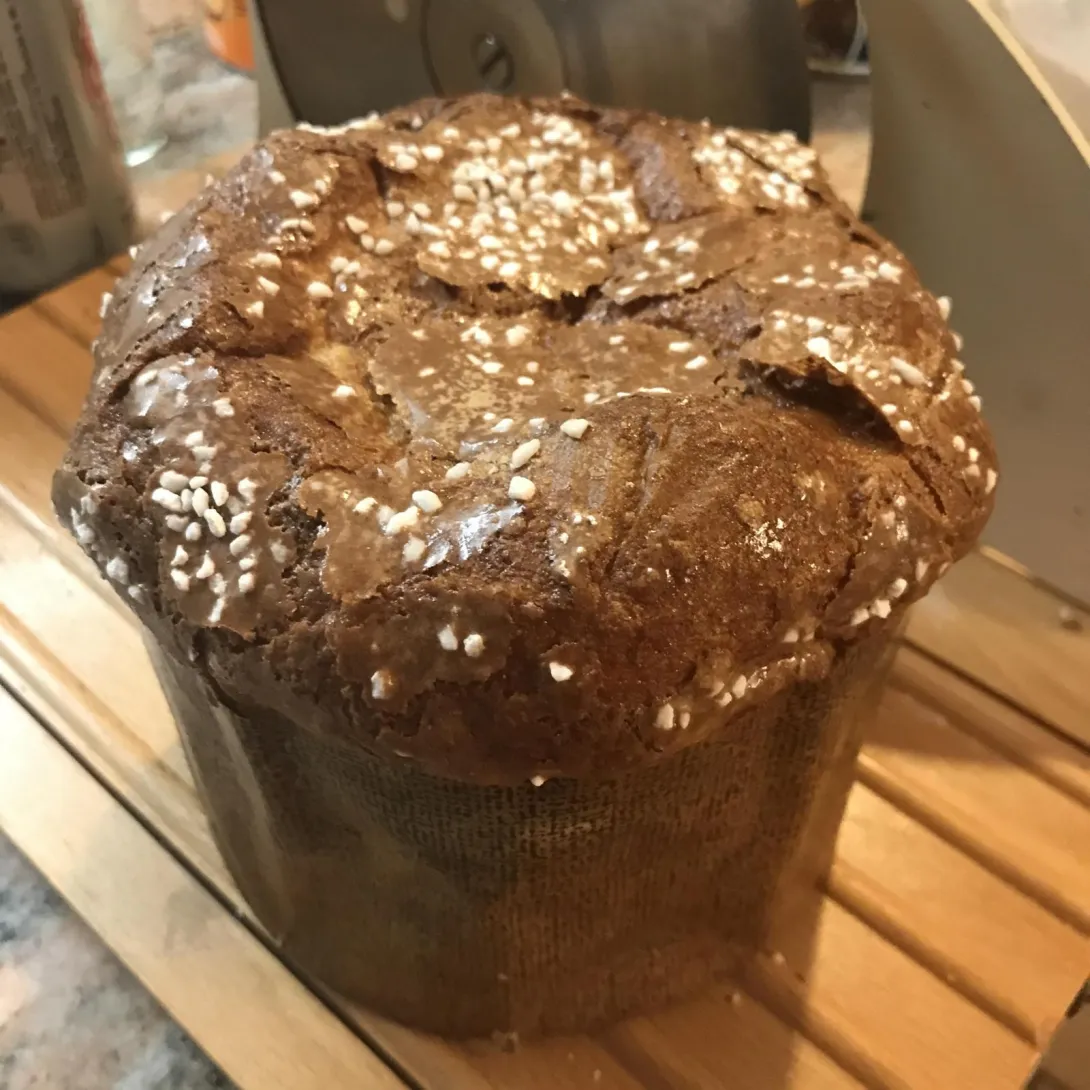Panettone Directions

After getting some great advice from the group I have been baking panettone this holiday season with considerably more success than in previous years. I have written out directions for my use next year and have added them here in case they are of interest to anyone else. I will post some pictures separately. Thank you all for your shared expertise!! Charlotte